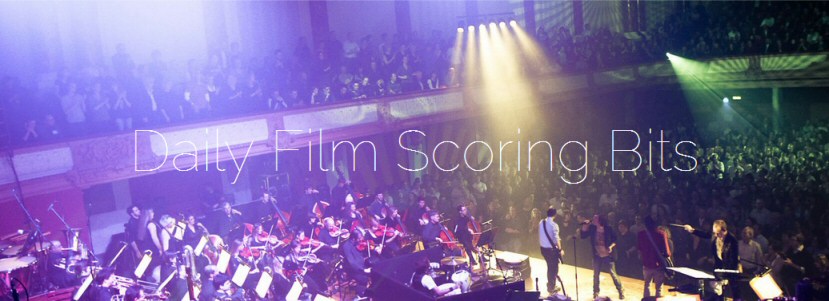A short video demonstrating the sound of doubling, in unison, various combinations of instruments. I thought this video would make a useful reference. The instrument combinations demonstrated in the video are:
Brass & Woodwinds
- Trumpet + Oboe -or- Flute -or- Clarinet
- French Horn + Clarinet -or- Bassoon
- Trombone + Bassoon -or- Bass Clarinet
- Tuba + Bassoon
Woodwinds & Strings
- Violins + Oboe -or- Flute -or- Piccolo
- Violas + Oboe -or- English Horn -or- Clarinet -or- Bassoon
- Cellos + Clarinet -or- Bass Clarinet -or- Bassoon
- Double Bass + Bassoon -or- Bass Clarinet
Strings & Brass
- Violins + Trumpets
- Violas + French Horn
- Cellos + French Horn
- Cellos & Double Bass + Trombone & Tuba
Strings & Woodwinds & Brass
- Violins + Oboes + Trumpets
- Violas + Clarinets + French Horns

